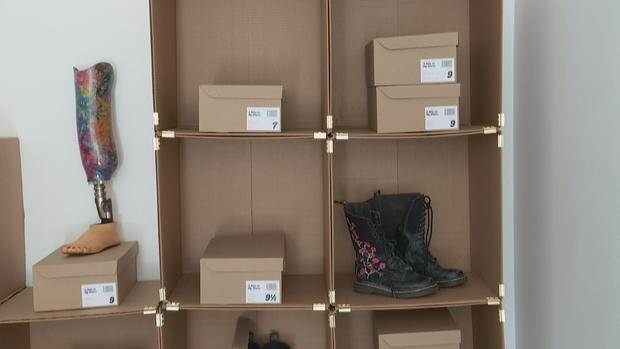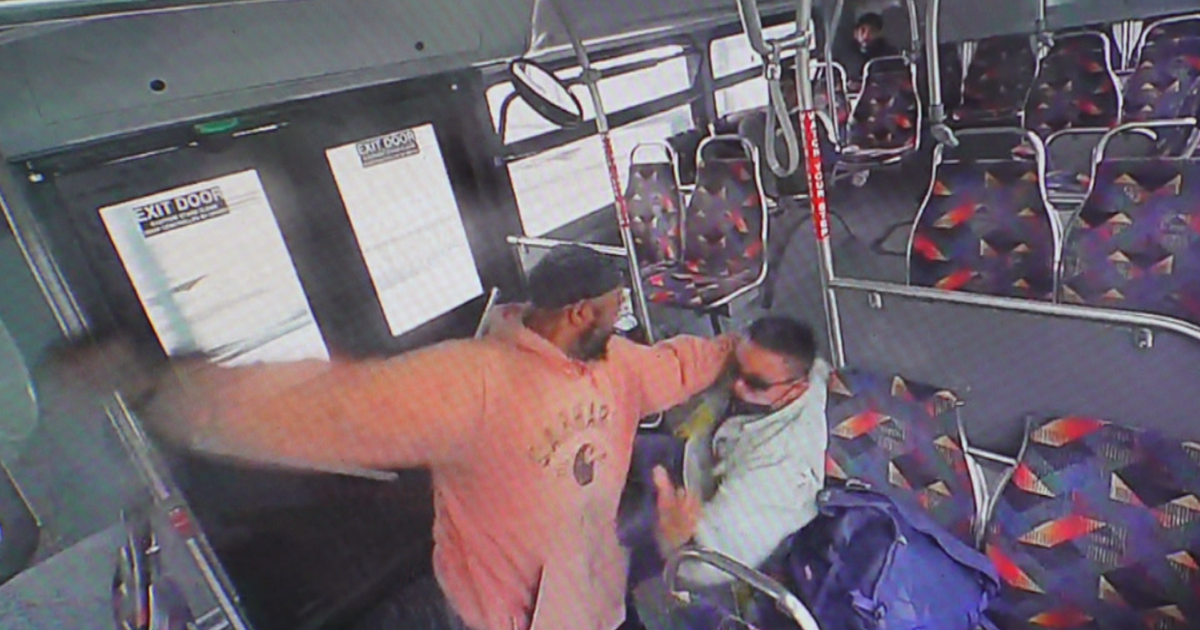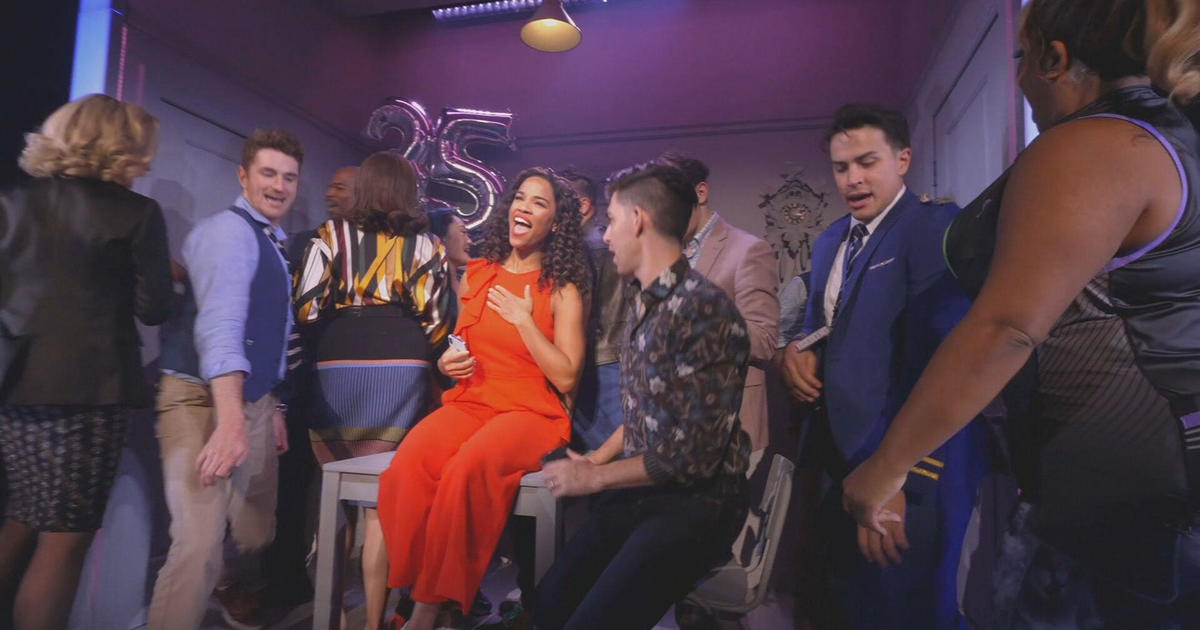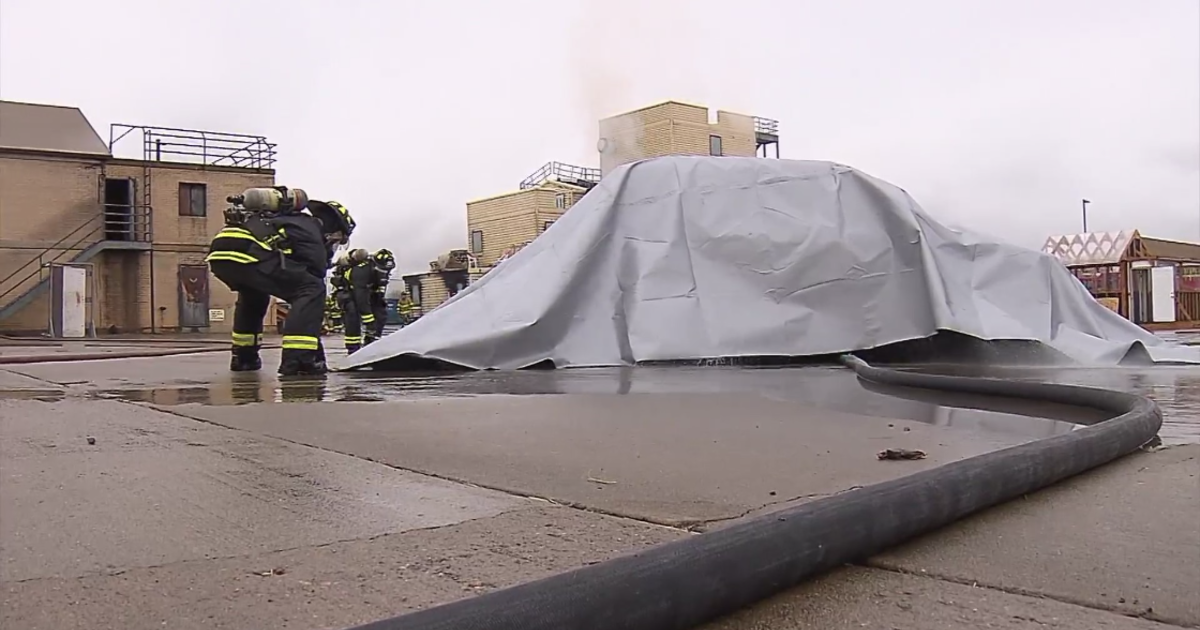Empathy Museum Encourages Visitors To Walk In Someone Else's Shoes
DENVER (CBS4) – A new unique exhibition is now here in Denver, and it's hard to miss as it debuts on the 16th Street Mall. It's in the shape of a large shoebox, and the design is deliberate; it encourages people to literally walk in someone else's shoes. The Empathy Museum's "A Mile in My Shoes" officially opens its doors to the public on Friday.
After months of design and construction, local artists and contributors say they couldn't be happier.
"When I heard about this project of trying to connect the threads of the city, I thought it was really beautiful," said shoe donor Brenton Weyi. "It fills me with so much joy and excitement that the general public will be able to experience this. The amazing team gets to see the fruition of their work."
The concept originated in the United Kingdom and only recently came to the United States. Denver is the second stop, behind New York, in its tour. The exhibition features 30 pairs of shoes along with audio recordings from the shoes' owners that people can listen to and experience while they walk downtown. Those stories are all told by people living in Denver.
It's all being done through a partnership with Biennial of the Americas. CEO Erin Trapp spoke with CBS4's Mekialaya White ahead of the grand opening. "The hope is that the increased empathy will help everyone look past our own narrow focus and short term vision and come up with some new solutions to the problems we all face together."
Trapp gathered a variety of people from varying backgrounds to tell their stories: a chef who stands on their feet all day, a construction worker whose boots are specialized for the job, even an amputee.
On Weyi's recording, he shares an anecdote of his travels abroad.
"Essentially, I lost all my money when I was living in Thailand and so I needed to get from northern Thailand all the way down to Singapore, which is about several thousand miles. Throughout that journey, I got myself into a number of misadventures where the kindness of strangers really helped me get out of some complicated situations. I focus on one specific vignette where I was trying to get to a train station in Thailand," he explained.
Weyi paired his story with black, worn loafers. They're the very shoes he wore while he was traveling. He says he's that whoever puts on his shoes will learn from his experience.
"I think any art or any storytelling that can remind us that we're all playing for the same team, no matter what our differences may be. Whether they're geographic, spiritual, we always have more threads that connect us than structures or walls that divide us."
"Empathy is one of those things, it's like a muscle. You can build empathy. You can teach empathy. So, by helping people understand in a very deep way and empathetic way the context and starting for someone else's viewpoint, it helps people move. You might not just have the same knee jerk reaction you do," added Trapp.
Visitors should also be empowered by the experience.
"No matter what difficulties we go through, whether it's trying to get to a Thai train station or just a daily struggle... everyone is walking the same path. I hope that no matter what shoes they put on they walk away feeling more empathized with and understood as a person," Weyi said.
The exhibition is free and open through the end of September. It's on 16th Street between Wewatta and Wazee. Learn more: www.empathymuseum.com/






